What Are Futures Risk Limits?
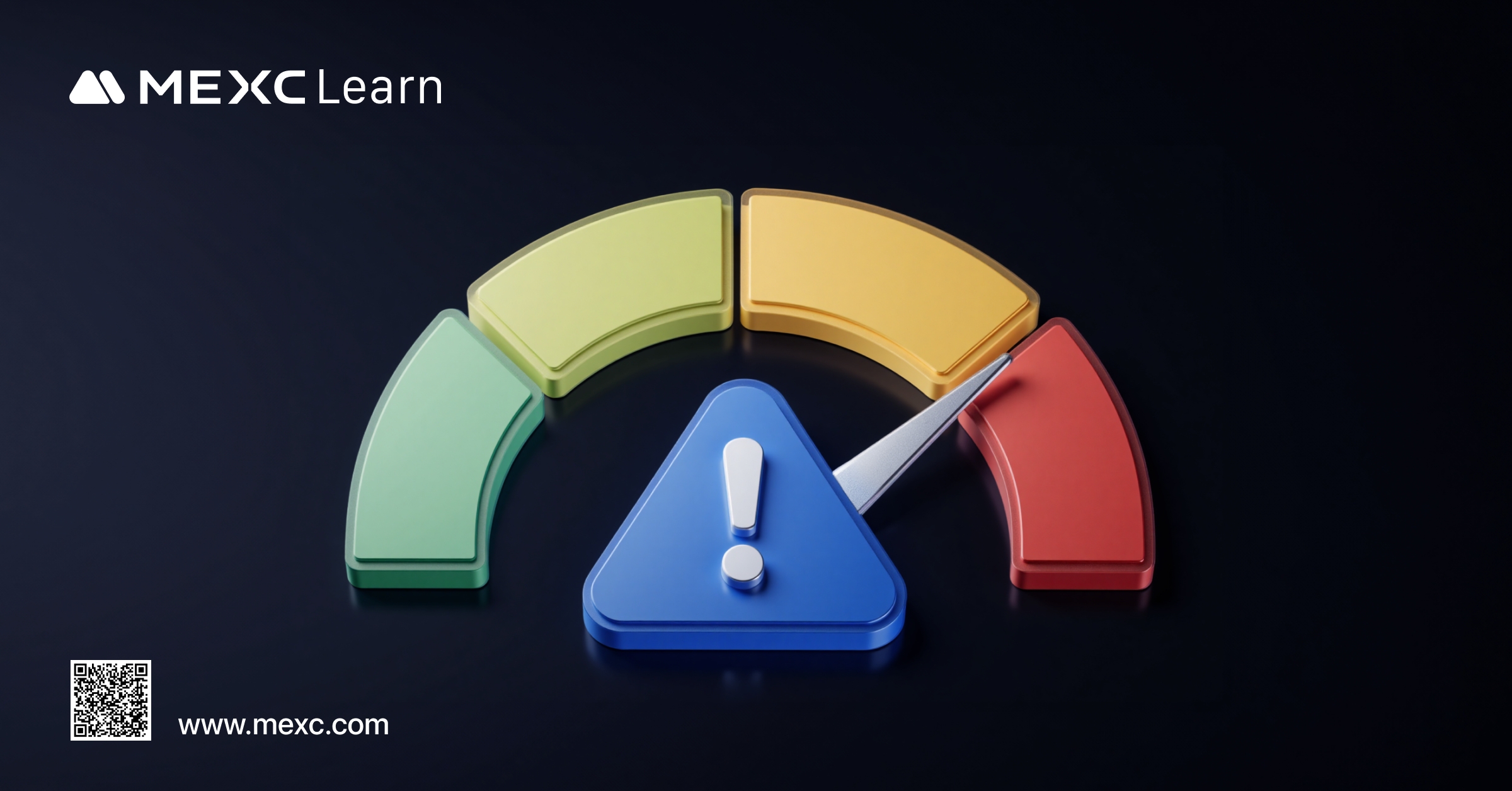
1. What Is MEXC Futures Risk Limits?
1.1 Definition and Purpose
- Maintain market stability: Prevent large-scale liquidations during extreme market conditions.
- Protect traders' interests: Reduce risks associated with high leverage and help users safeguard their positions.
- Optimize the trading environment: Ensure fairness in the market and prevent imbalances caused by unilateral actions by large traders.
2. How to View Risk Limit Details for Different Futures on MEXC
2.1 MEXC Web
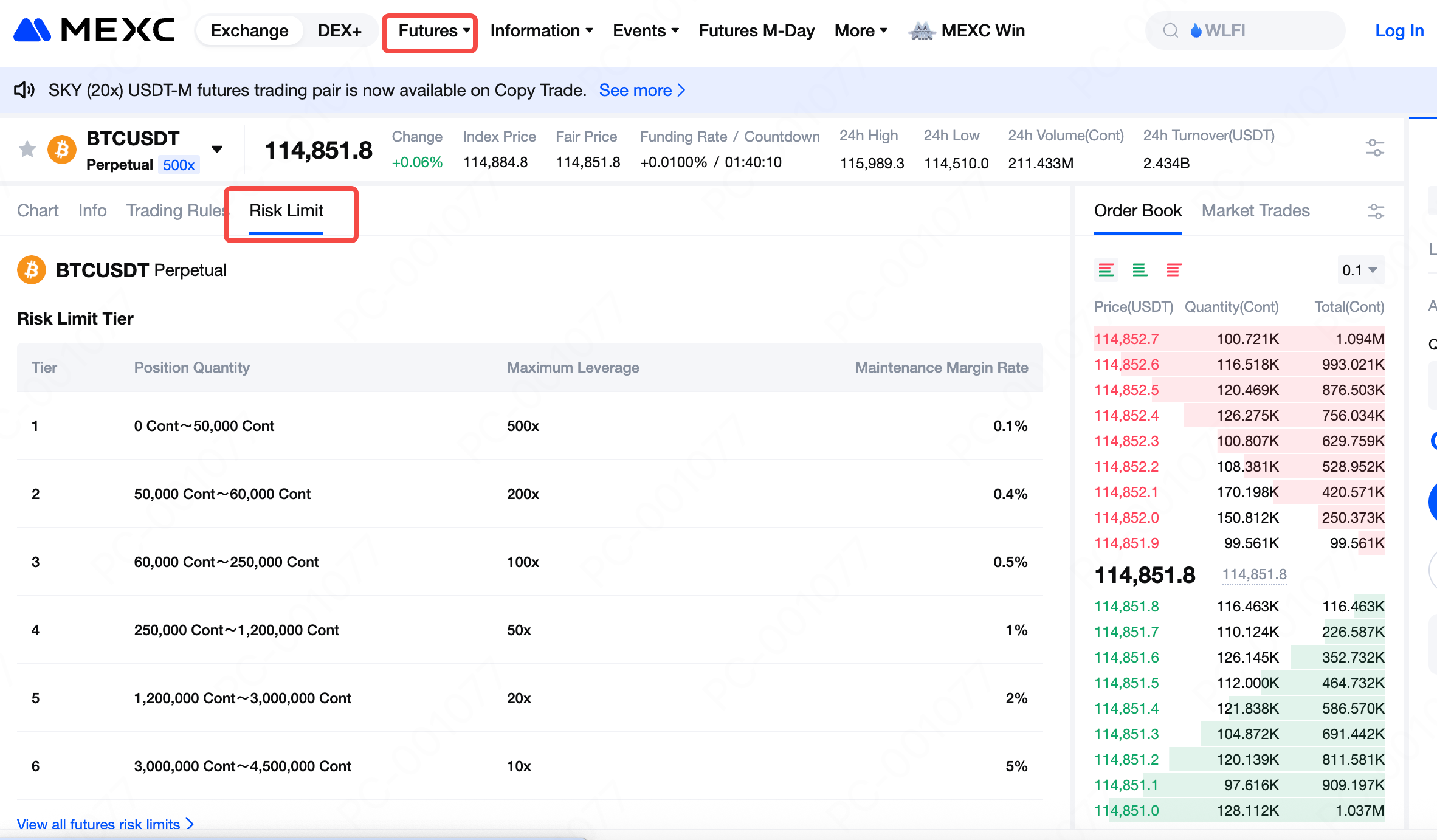
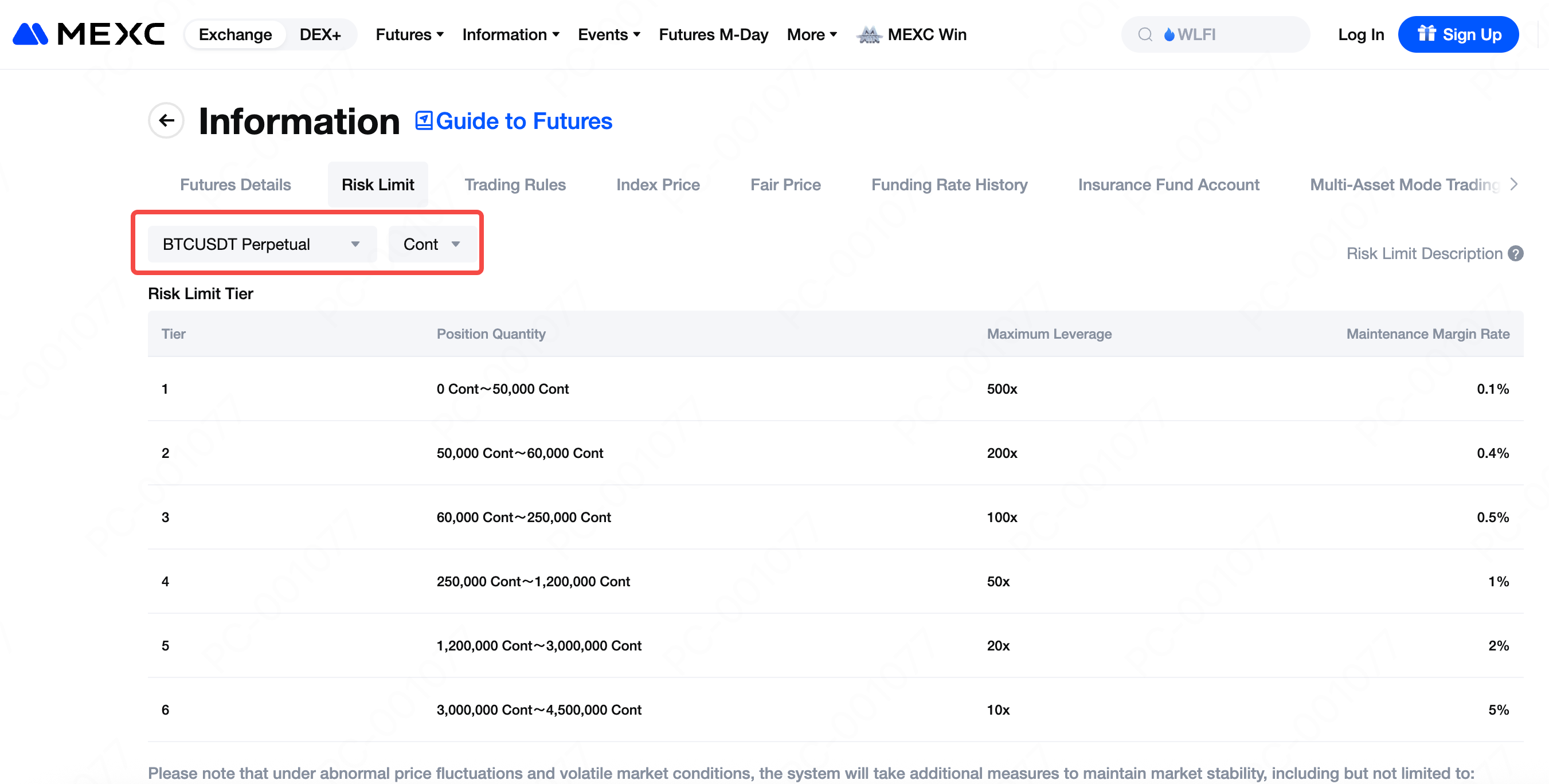
2.2 MEXC App
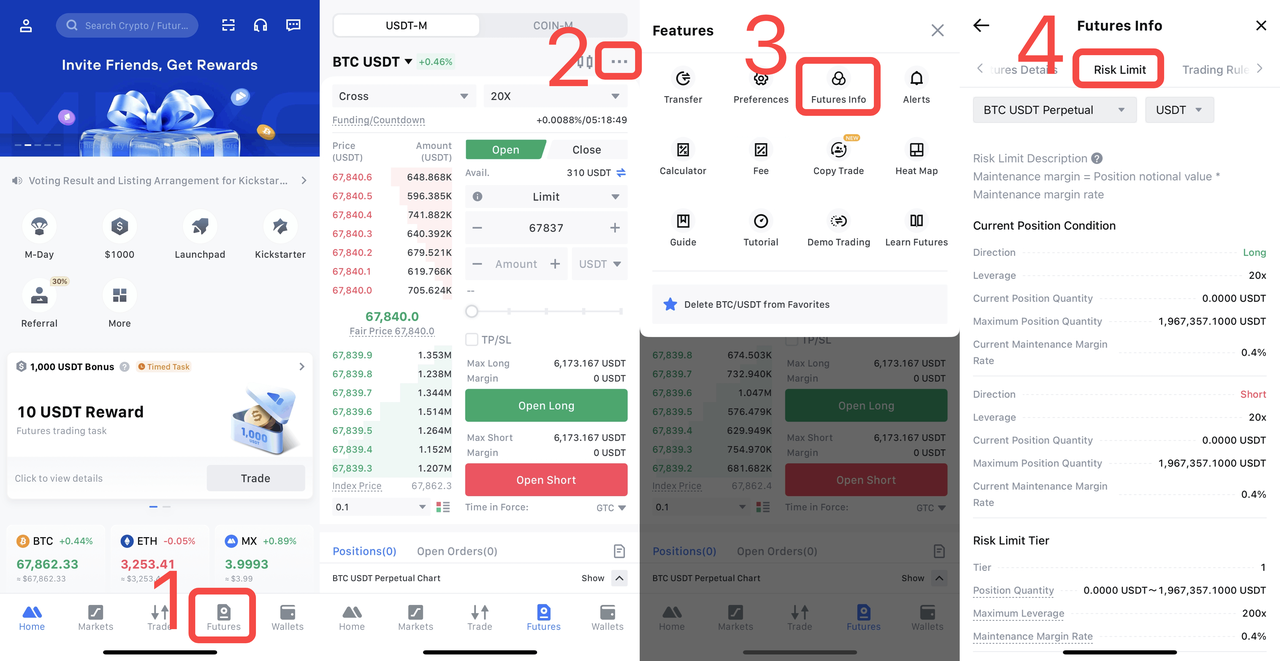
3. Factors Affecting Risk Limit Tiers
3.1 Leverage Determines the Maximum Position Size
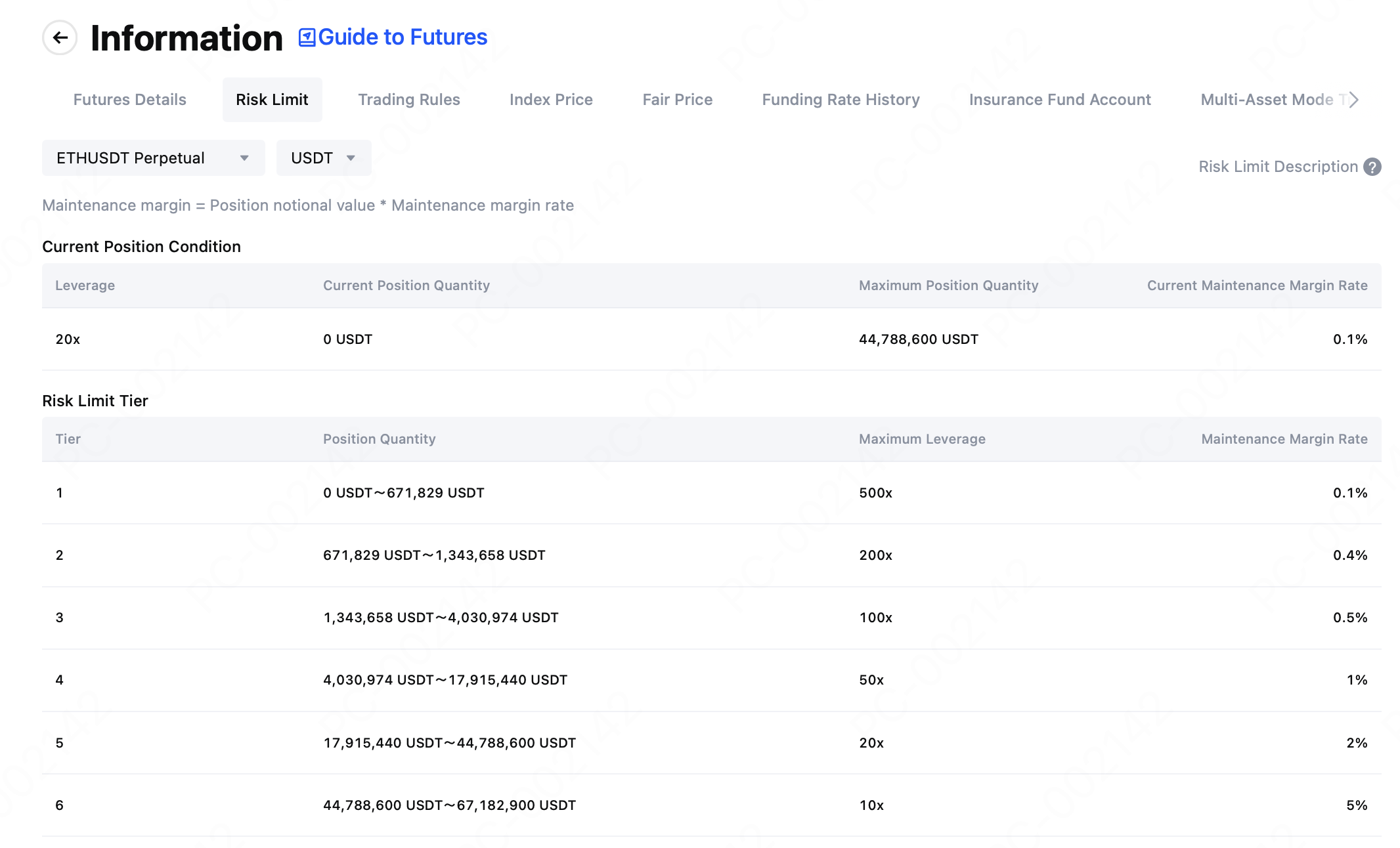
3.2 Maintenance Margin Rate Based on Position Quantity
4. Core Functions of MEXC Futures Risk Limits
4.1 Adjustment of Maximum Leverage
- In stable markets, traders may use leverage as high as 125x on Perpetual Futures.
- In periods of severe volatility, the system may lower the maximum leverage to 50x or below to reduce liquidation risk.
4.2 Adjustment of Position Limits by Tier
- Under higher leverage, position limits are smaller.
- Under lower leverage, position limits are larger.
4.3 Adjustment of Maintenance Margin Rates by Tier
- Stable markets: Maintenance margin rates are lower, allowing users to retain more available funds.
- Volatile markets: Maintenance margin rates are increased, ensuring users maintain sufficient margin to support their positions.
5. Why Are Risk Limits Critical for Traders?
- Reduced liquidation risk: While high leverage can amplify profits, it also magnifies losses. Risk limits dynamically adjust leverage and margin requirements, effectively lowering the probability of liquidation during sharp market swings.
- Optimized capital management: The mechanism helps traders manage positions and margin more prudently, encouraging flexible strategies instead of reckless operations. For example, when leverage is capped, traders must commit more margin, forcing them to plan capital allocation more carefully before entering trades.
- Increased sense of security: Volatile markets often trigger panic among traders. Risk limits add an extra layer of protection, reducing the likelihood of panic-driven liquidations caused by sudden price movements.
- Enhanced market fairness: Risk limits apply equally to both large and small traders, preventing any single participant from exerting outsized influence on prices and ensuring healthier market development.
6. How to Use Risk Limits to Optimize Trading Strategies
- Use appropriate leverage: In highly volatile markets, it is advisable to select lower leverage to reduce risk. Even if higher leverage is available, always choose a level that matches your personal risk tolerance.
- Control position size: Avoid taking oversized positions, especially during periods of high volatility. Set reasonable position sizes based on risk limits to ensure sufficient margin is available for potential top-ups.
- Set stop-loss and take-profit levels: Define clear stop-loss levels before opening a position to minimize uncontrollable losses. At the same time, set realistic take-profit targets to lock in profits when achieved.
- Stay updated with market announcements: MEXC regularly updates risk limit adjustments through official announcements. Traders should monitor these changes closely and adjust their strategies accordingly.
7. Conclusion
Recommended Reading:
- Why Choose MEXC Futures? Gain deeper insight into the advantages and unique features of MEXC Futures to help you stay ahead in the market.
- MEXC Futures Trading Tutorial (App) Understand the full process of trading Futures on the app and get started with ease.
Popular Articles
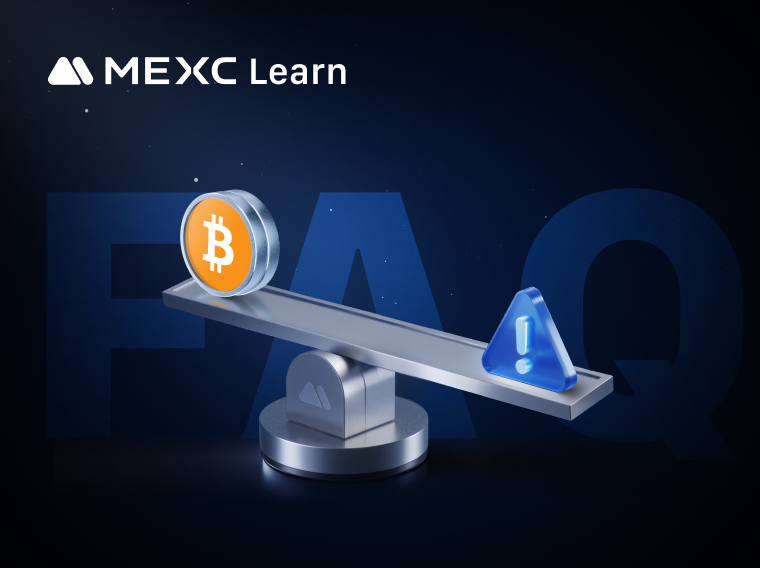
Understanding Liquidation Risk: FAQs and Protection Tips
On MEXC, users can trade either USDT-M Perpetual Futures, with leverage up to 500x, or Coin-M Perpetual Futures, with leverage up to 200x. While high leverage offers the potential for significantly am

On What Date Was the First Block of the Ethereum Blockchain Mined?
If you've ever wondered about Ethereum's beginning, you're asking the right question. The story of when Ethereum's first block was mined marks one of the most significant moments in cryptocurrency his
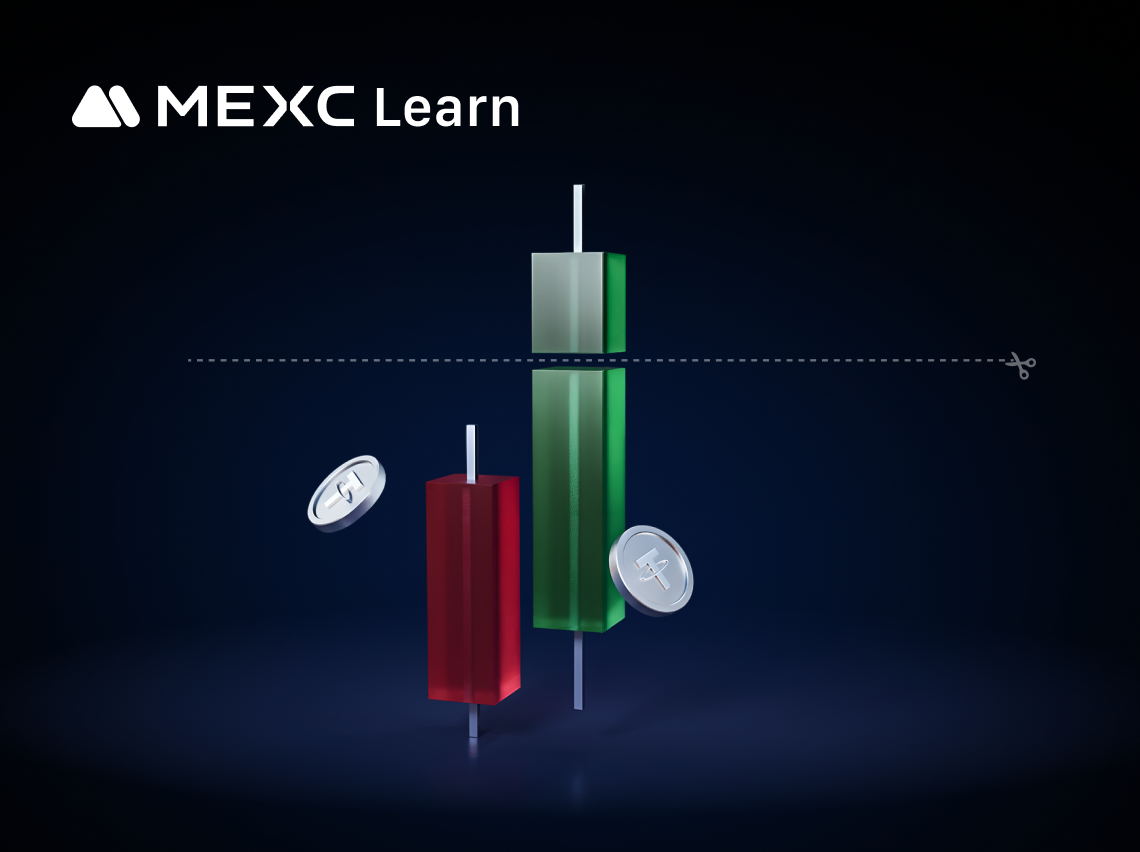
MEXC Advanced Futures Trading Strategies: Take Profit to Lock in Gains
When trading futures, successfully opening a position is only half the battle. The key to determining the success of a trade lies in closing it effectively: locking floating profits on the books into
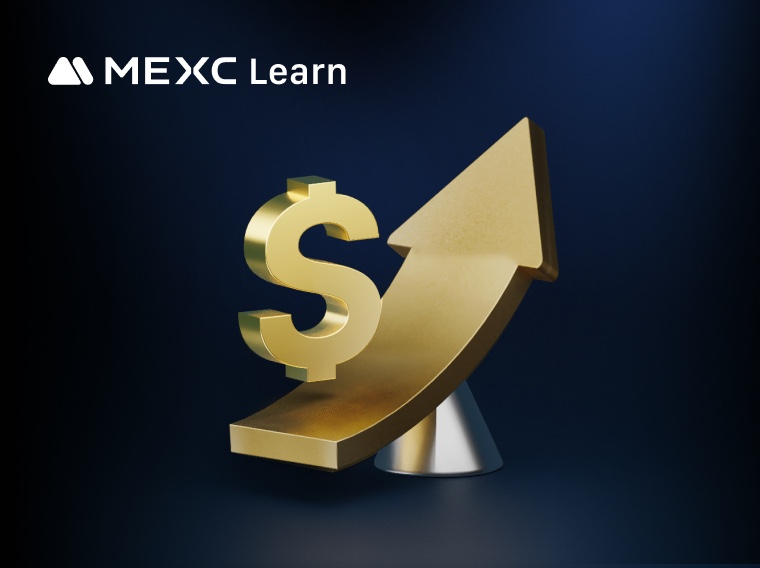
Maximize Profits or Face Liquidation? Mastering the Core Mechanics of Futures Leverage for Optimal Capital Efficiency
In the cryptocurrency and derivatives markets, leveraged futures trading is a powerful yet high-risk instrument. By enabling traders to control substantial positions with relatively small amounts of c
Hot Crypto Updates
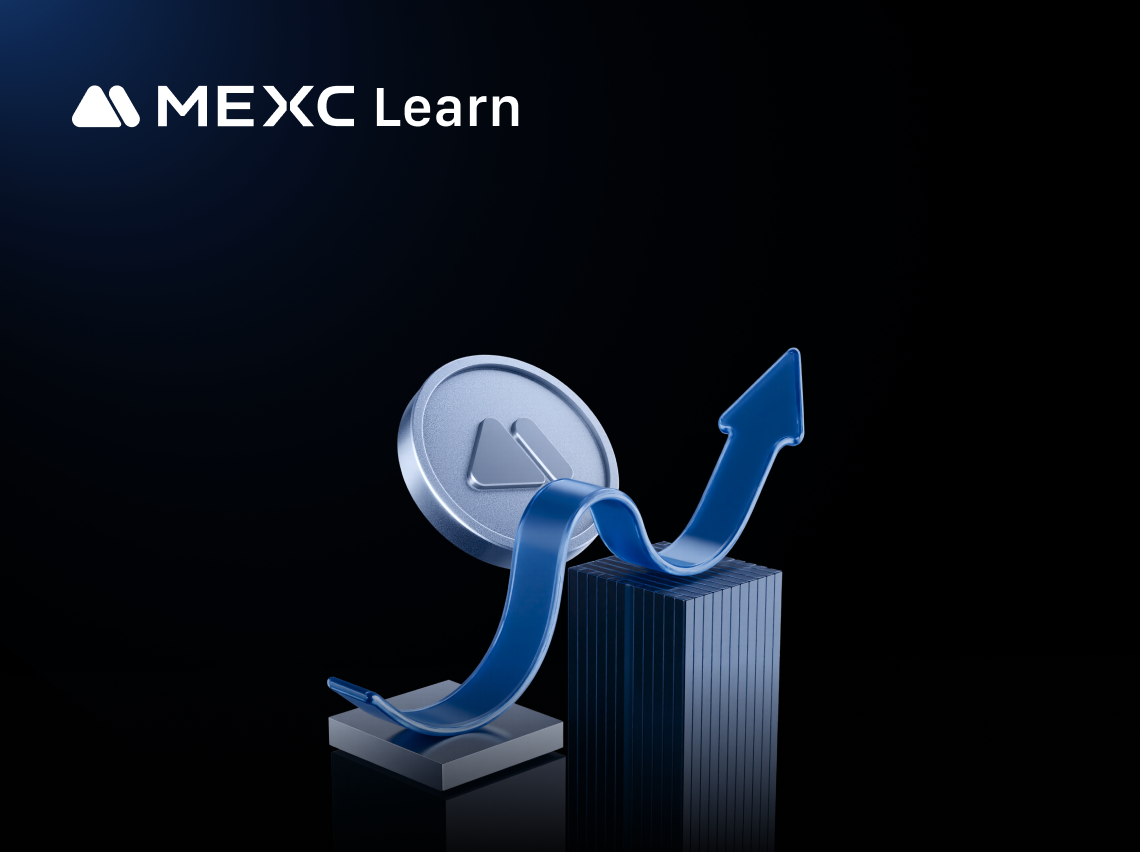
Is Anoma (XAN) Legal? Compliance Guide for Traders
Introduction to Anoma (XAN)'s Legal ClassificationAnoma (XAN) is an innovative cryptocurrency operating in the global digital finance sector, designed as an intent-centric decentralized operating syst
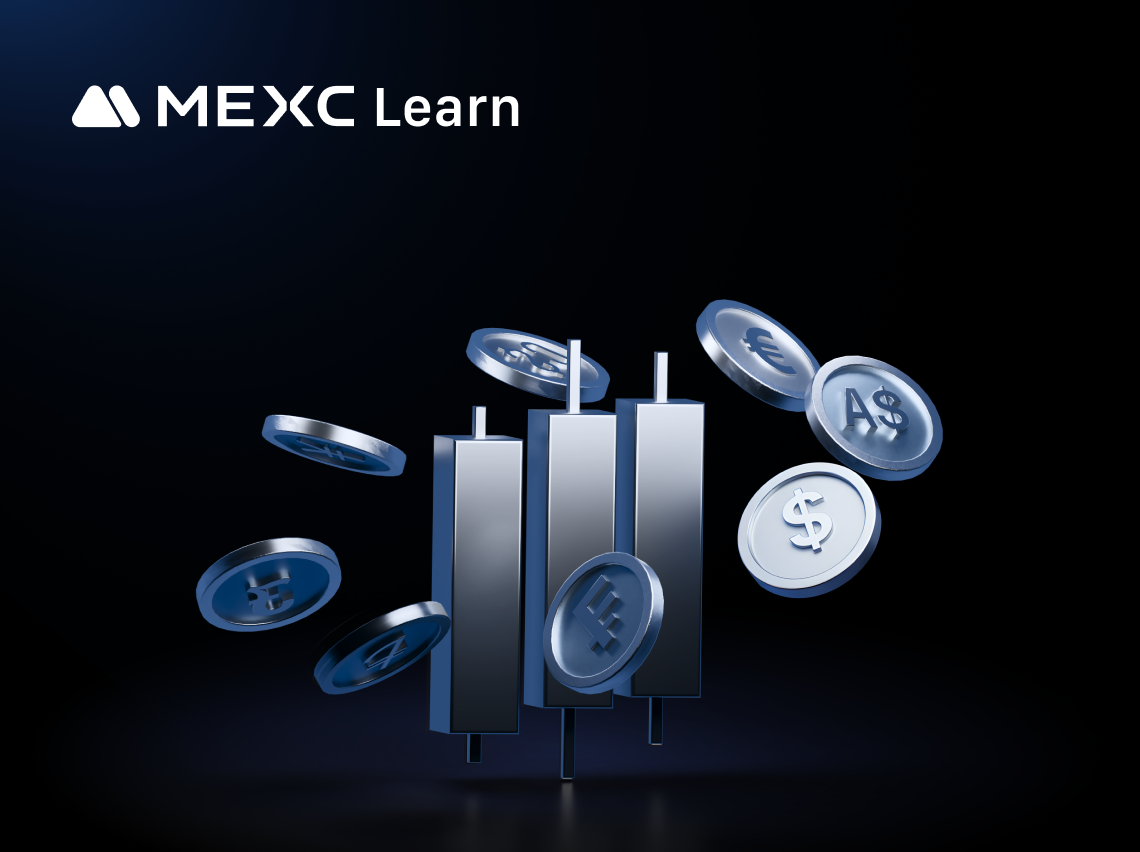
How to Select an Anoma (XAN) Trading Platform with Low Fees
Introduction to Trading Fee Structures for Anoma (XAN)When trading Anoma (XAN) or any cryptocurrency, fees can significantly impact your overall returns, especially for active traders who make frequen

Anoma (XAN) Derivatives 101: Beginner's Guide
Understanding Anoma (XAN) DerivativesAnoma (XAN) derivatives are financial contracts that derive their value from the underlying Anoma cryptocurrency without requiring ownership of the actual XAN toke
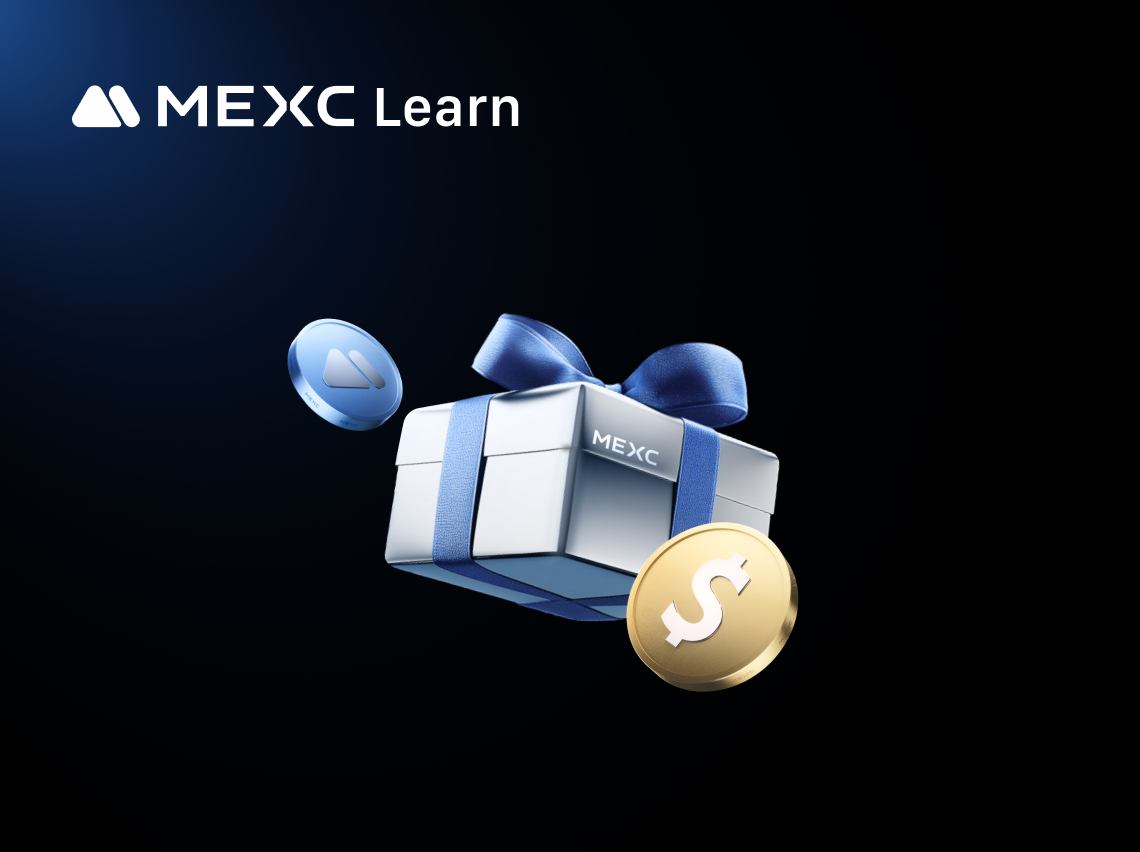
Anoma (XAN) Futures Trading: Risks and Rewards
Introduction to Anoma (XAN) Futures TradingAnoma (XAN) futures contracts allow traders to buy or sell XAN at a predetermined price at a future date without owning the actual Anoma tokens. Unlike spot
Trending News

‘One Battle After Another’ Becomes One Of This Decade’s Best-Reviewed Movies
The post ‘One Battle After Another’ Becomes One Of This Decade’s Best-Reviewed Movies appeared on BitcoinEthereumNews.com. Topline Critics have hailed Paul Thomas Anderson’s “One Battle After Another,
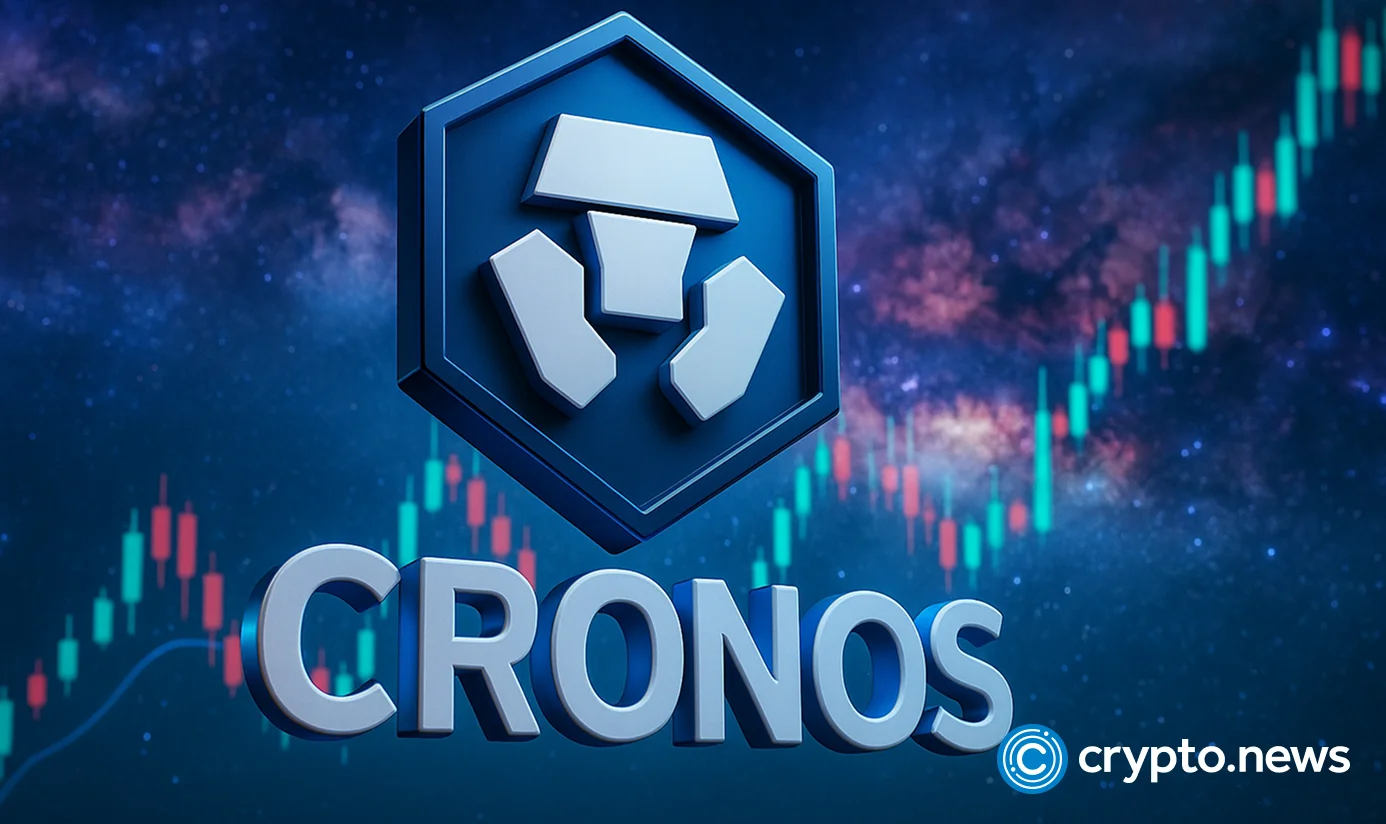
Cronos integrates Morpho to boost DeFi lending and tokenization
Cronos will collaborate with Crypto.com and onchain lending platform Morpho to expand decentralized finance and asset tokenization on the Cronos blockchain. Cronos Labs announced the partnership on Oc

Analyst: Bitcoin’s Healthy Volatility Band Points to Realistic $130K Target
Bitcoin surged past $119K, liquidating $475M in shorts, with analysts saying $130K is realistic if the momentum holds.

2025’s Top Earning Meme Coins: What’s Creating the Buzz?
Meme coins are now becoming the pillar of the crypto world, moving in tandem with overall market sentiment.The combined view highlights the volatility of these coins with sharp rallies and pullbacks.W
Related Articles

Maximize Profits or Face Liquidation? Mastering the Core Mechanics of Futures Leverage for Optimal Capital Efficiency
In the cryptocurrency and derivatives markets, leveraged futures trading is a powerful yet high-risk instrument. By enabling traders to control substantial positions with relatively small amounts of c
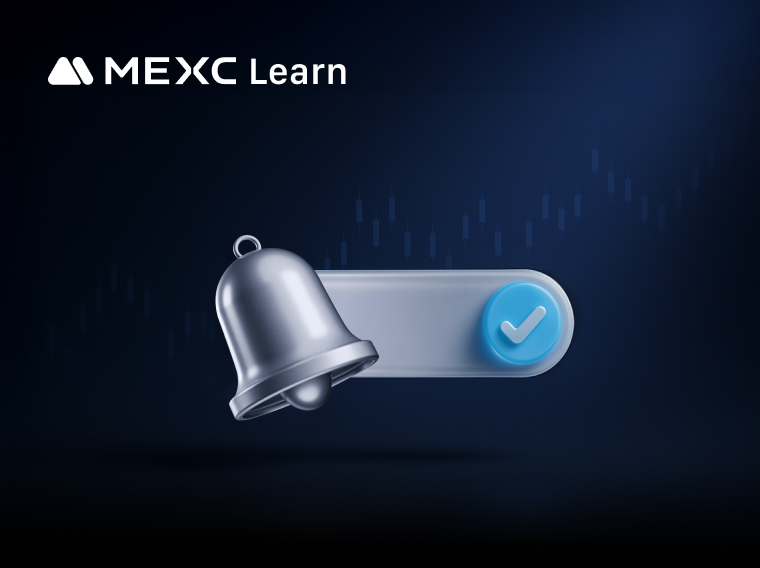
MEXC Price Alert Setup Guide: Stay on Top of Market Trends and Boost Trading Efficiency With MEXC Notifications
In the fast-paced world of cryptocurrency trading, price fluctuations often occur within milliseconds. This is especially true when trading Futures, where users can easily fall into fatigue and emotio
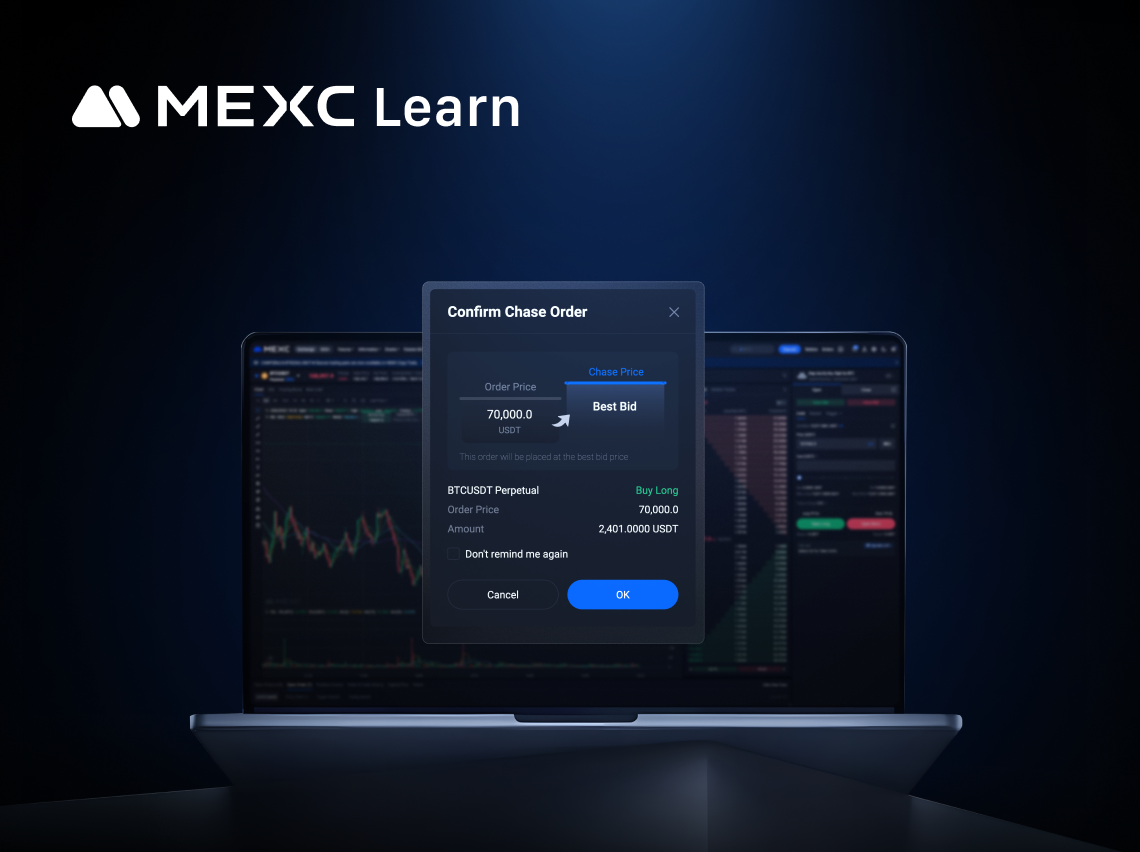
Don't Miss Trading Opportunities: Capture Market Volatility with MEXC Futures Chase Orders
High volatility has long been one of the defining features of the cryptocurrency market, and it remains an important factor attracting many participants. In such fast-moving conditions, the ability to

What Is Copy Trade? Advantages and Risks You Should Understand
In the cryptocurrency market, futures trading is renowned for its high potential returns, yet its complexity and inherent risks often discourage newcomers. To help lower this barrier, MEXC introduced
